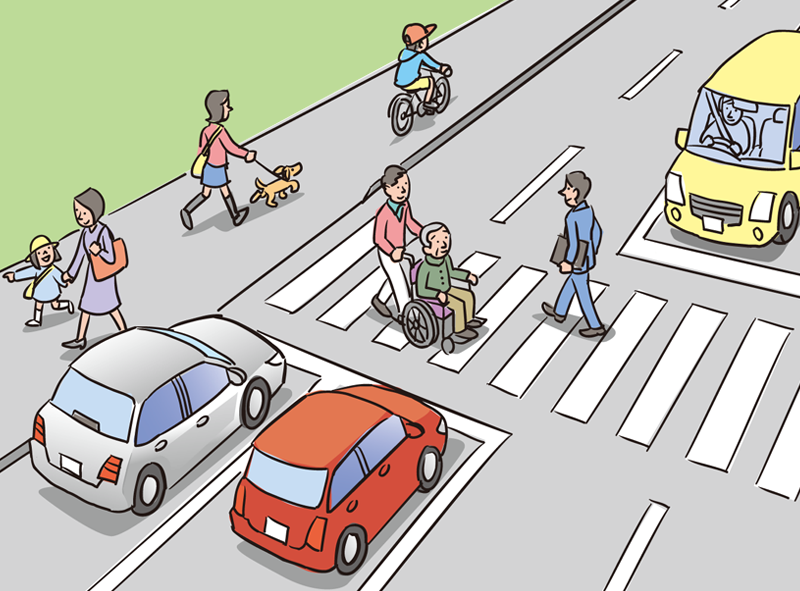

(4) meets the requirements of a class 1, class 2, or class 3 electric-assisted bicycle. (3) is equipped with an electric motor that has a power output of not more than 750 watts and (2) meets the requirements for bicycles under Code of Federal Regulations, title 16, part 1512, or successor requirements (1) has a saddle and fully operable pedals for human propulsion “Electric-assisted bicycle” means a bicycle with two or three wheels that: Minnesota Statute 169.011, Subdivision 27: What is an electric-assisted bicycle and where can I use one? Motor vehicle does not include an electric personal assistive mobility device or a vehicle moved solely by human power.ģ. Minnesota Statute 169.011, Subdivision 42:Ī “motor vehicle” is defined as every vehicle which is self-propelled and every vehicle which is propelled by electric power obtained from overhead trolley wires. Is a bicycle considered a motor vehicle in Minnesota? (b) “Bicycle” does not include scooters, motorized foot scooters, or similar devices.Ģ.

Bicycle includes an electric-assisted bicycle, as defined in subdivision 27.

(a) “Bicycle” means every device capable of being propelled solely by human power upon which any person may ride, having two tandem wheels, and including any device generally recognized as a bicycle though equipped with two front or rear wheels. Minnesota Statute 169.011, Subdivision 4: For more details concerning the following laws and penalties, please visit 1. The following is a summary of the Minnesota Statutes (2017) pertaining to bicyclists.


 0 kommentar(er)
0 kommentar(er)
